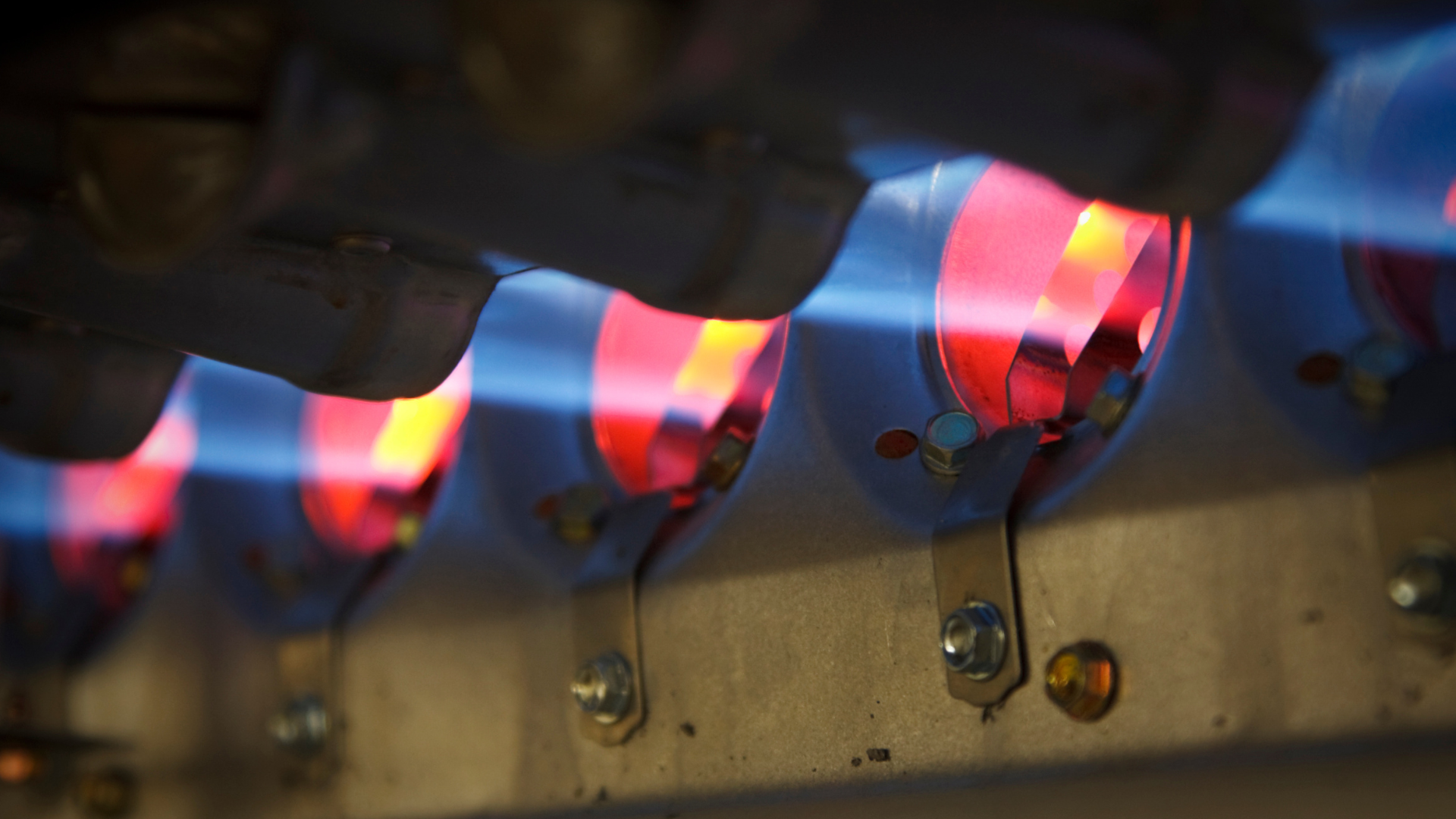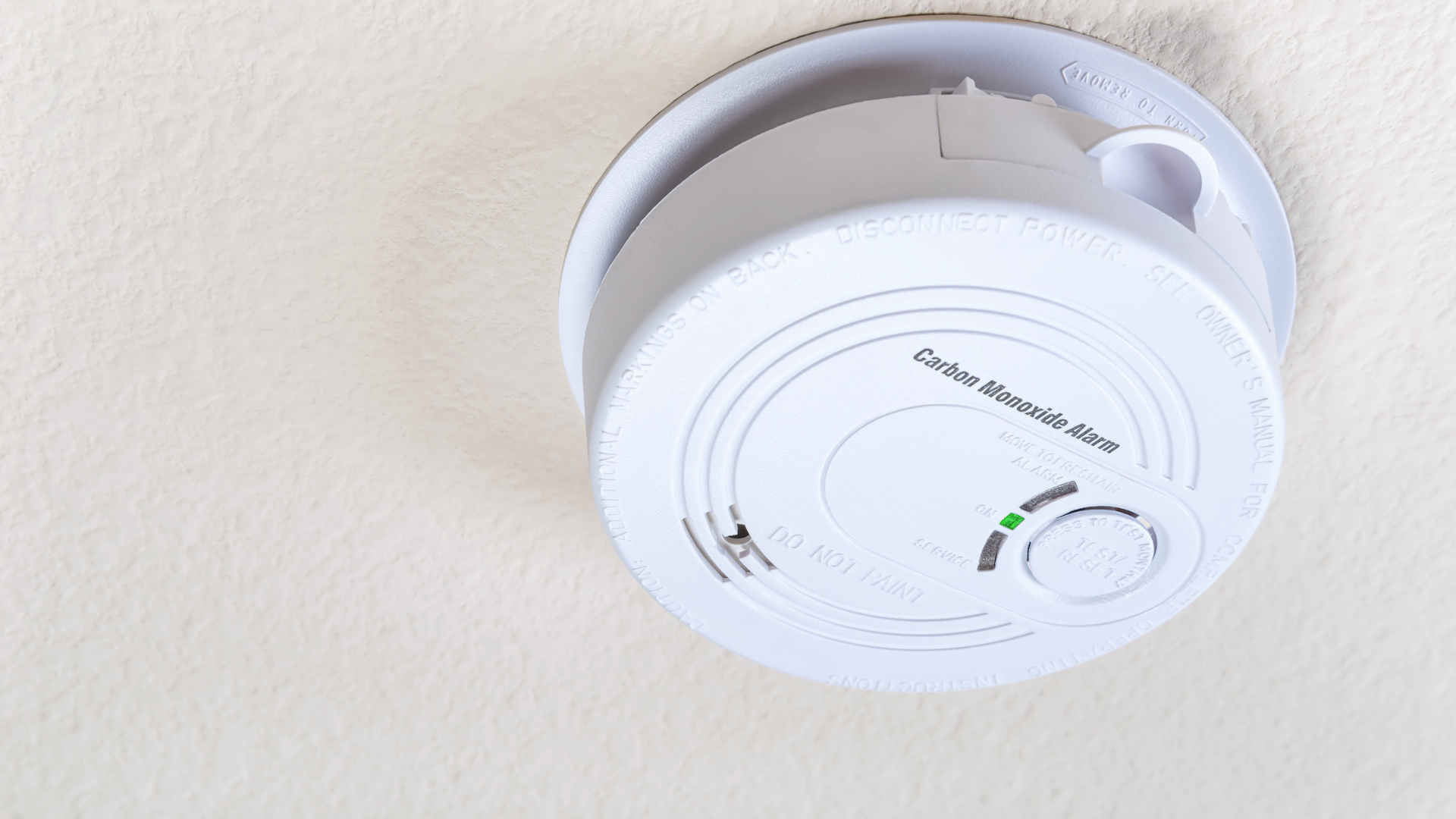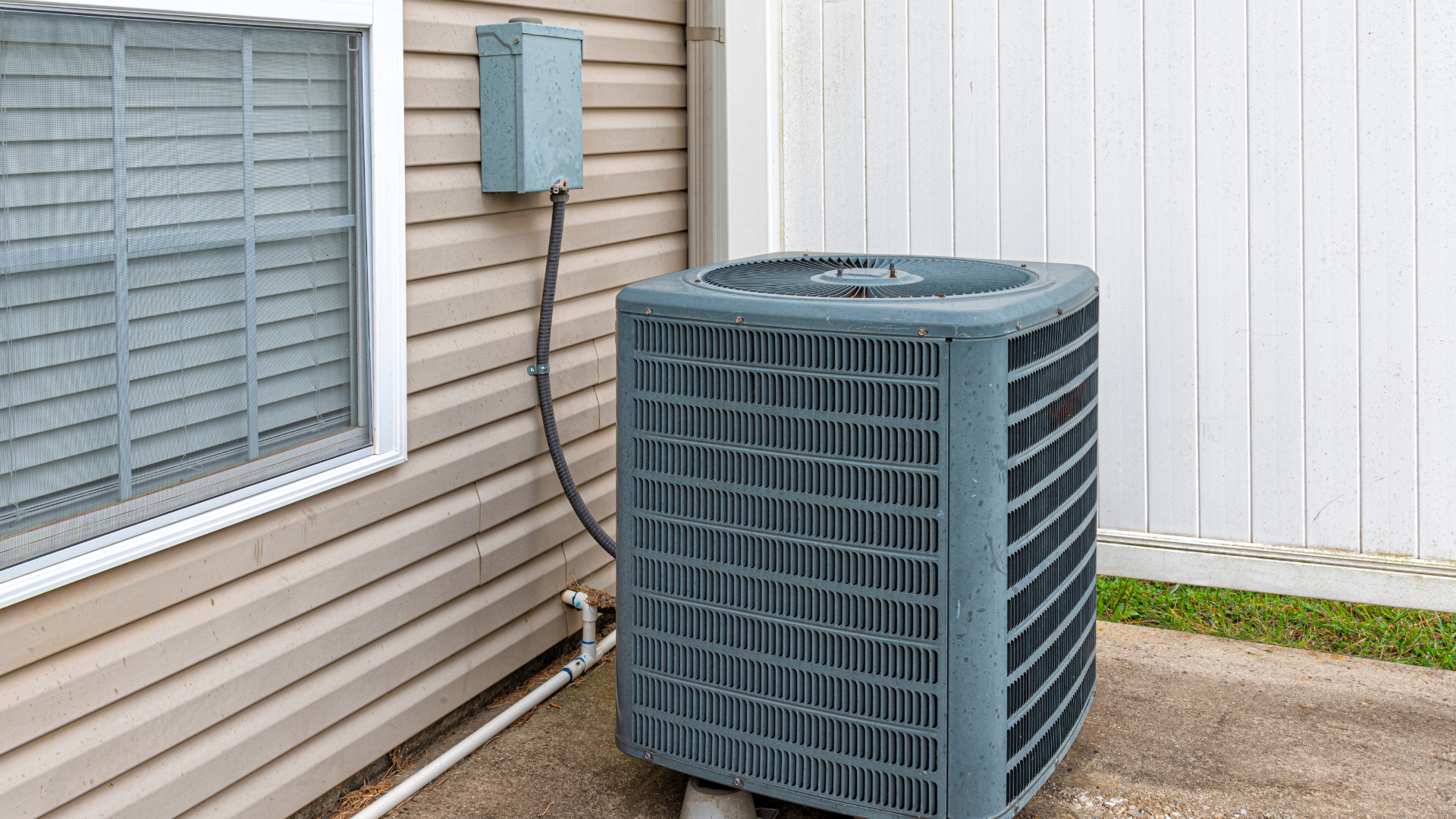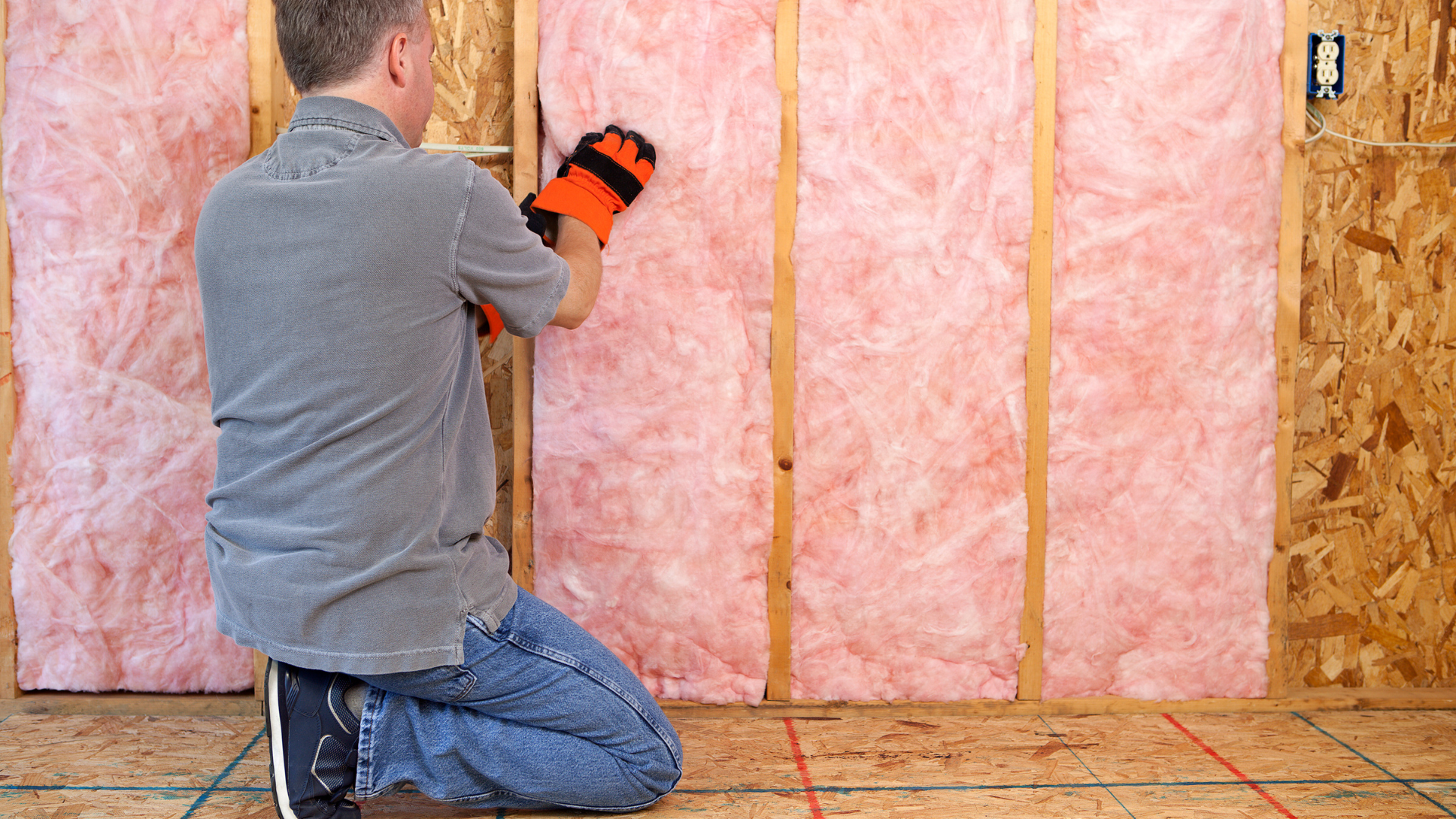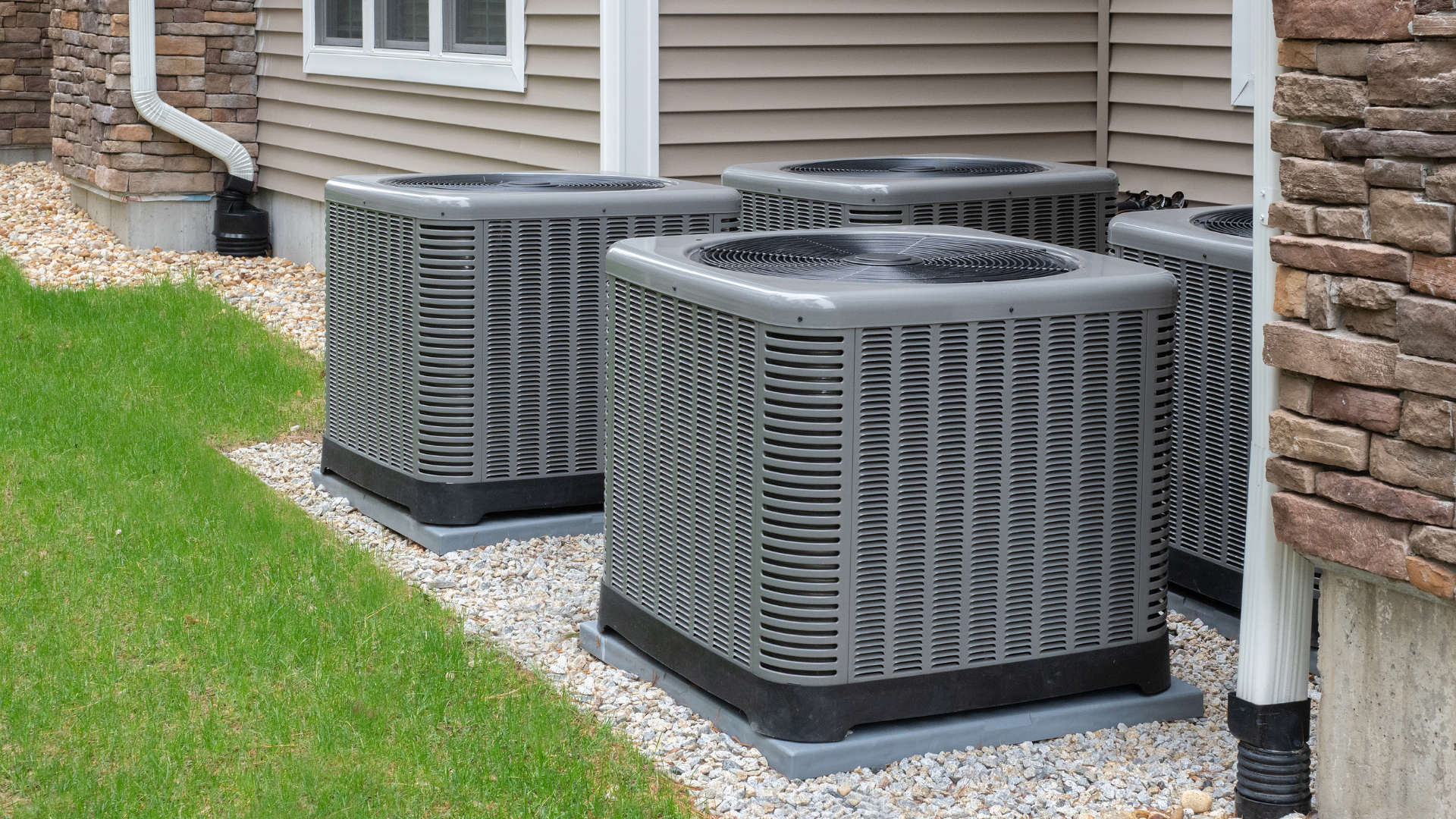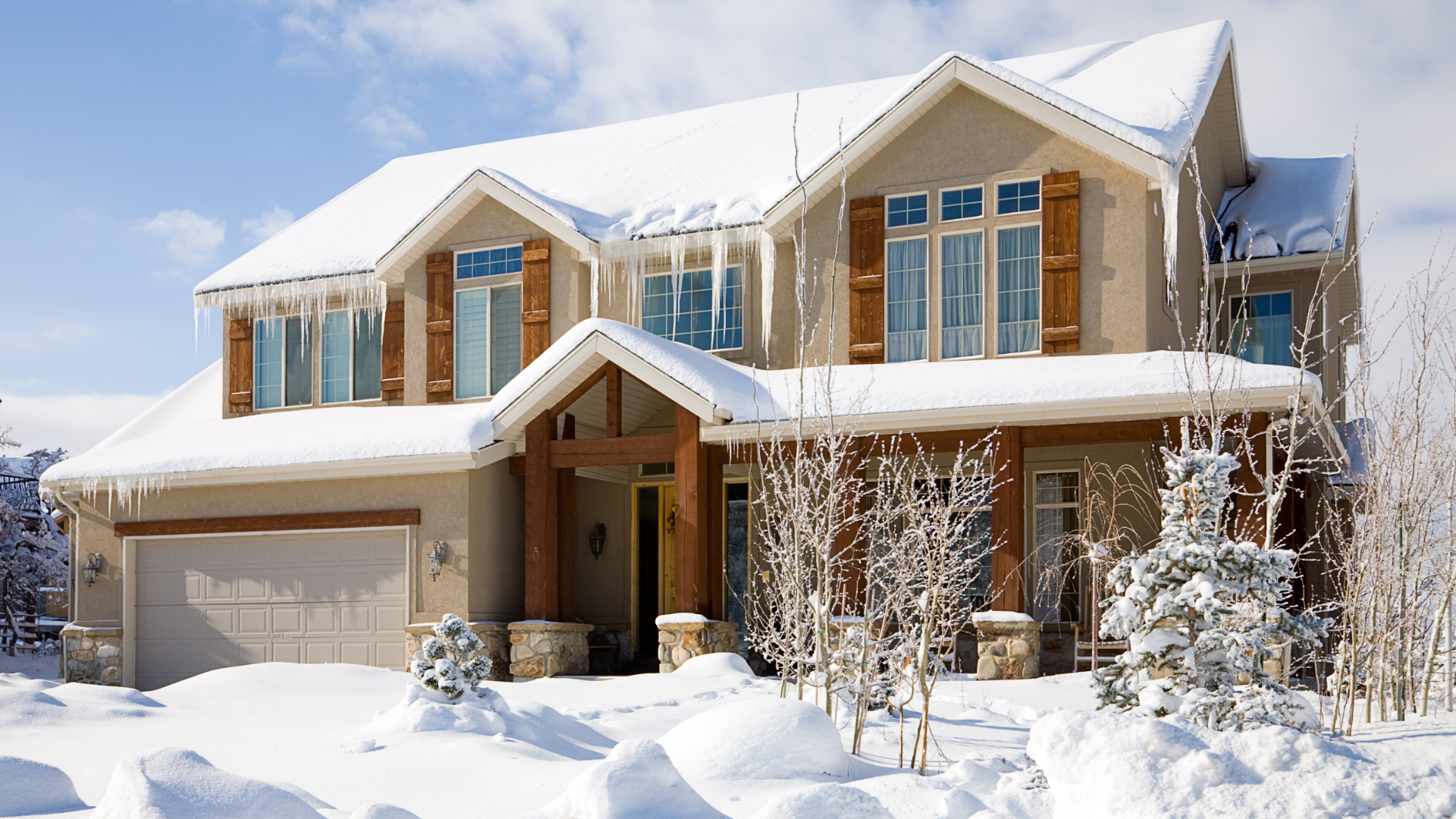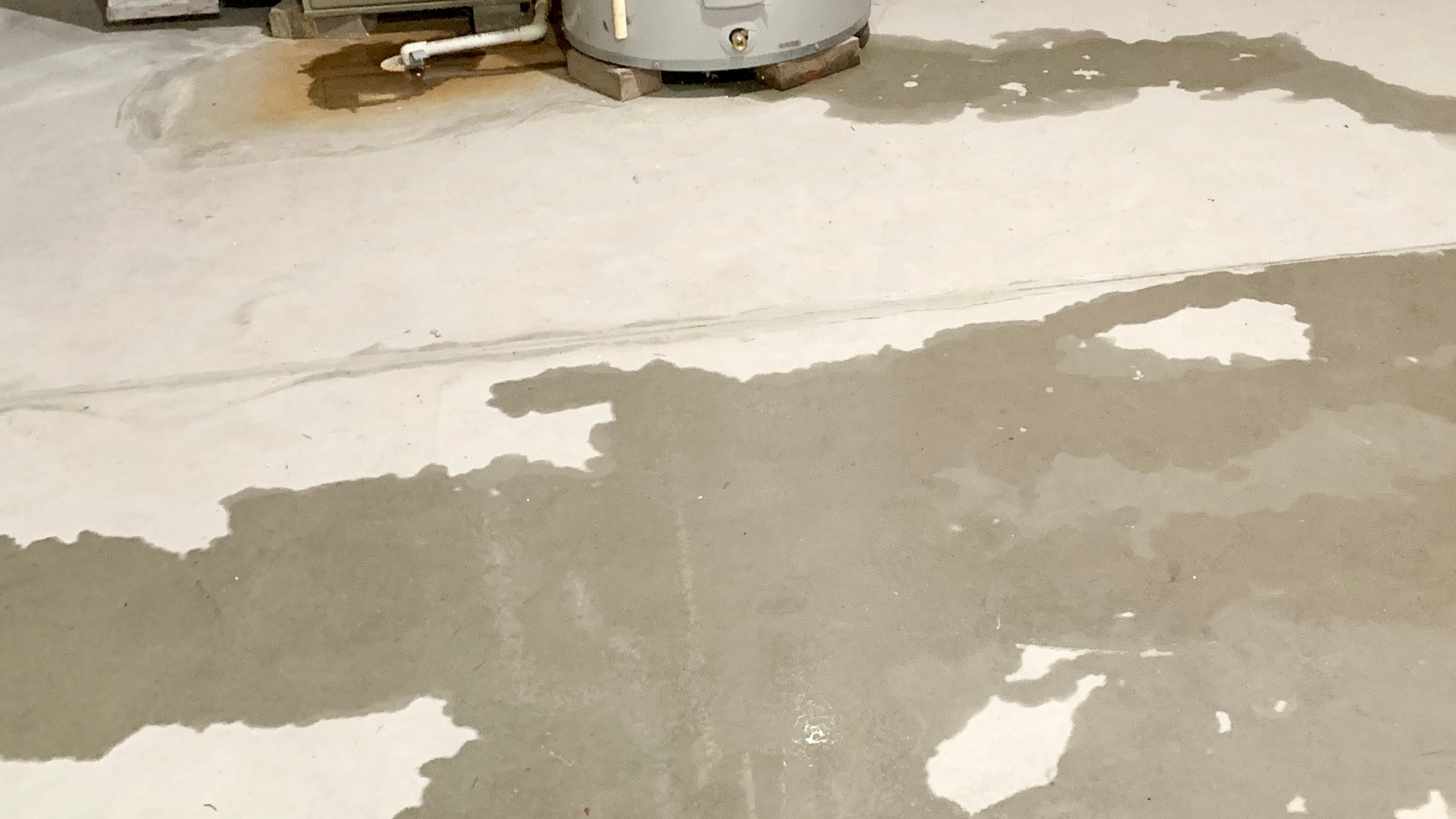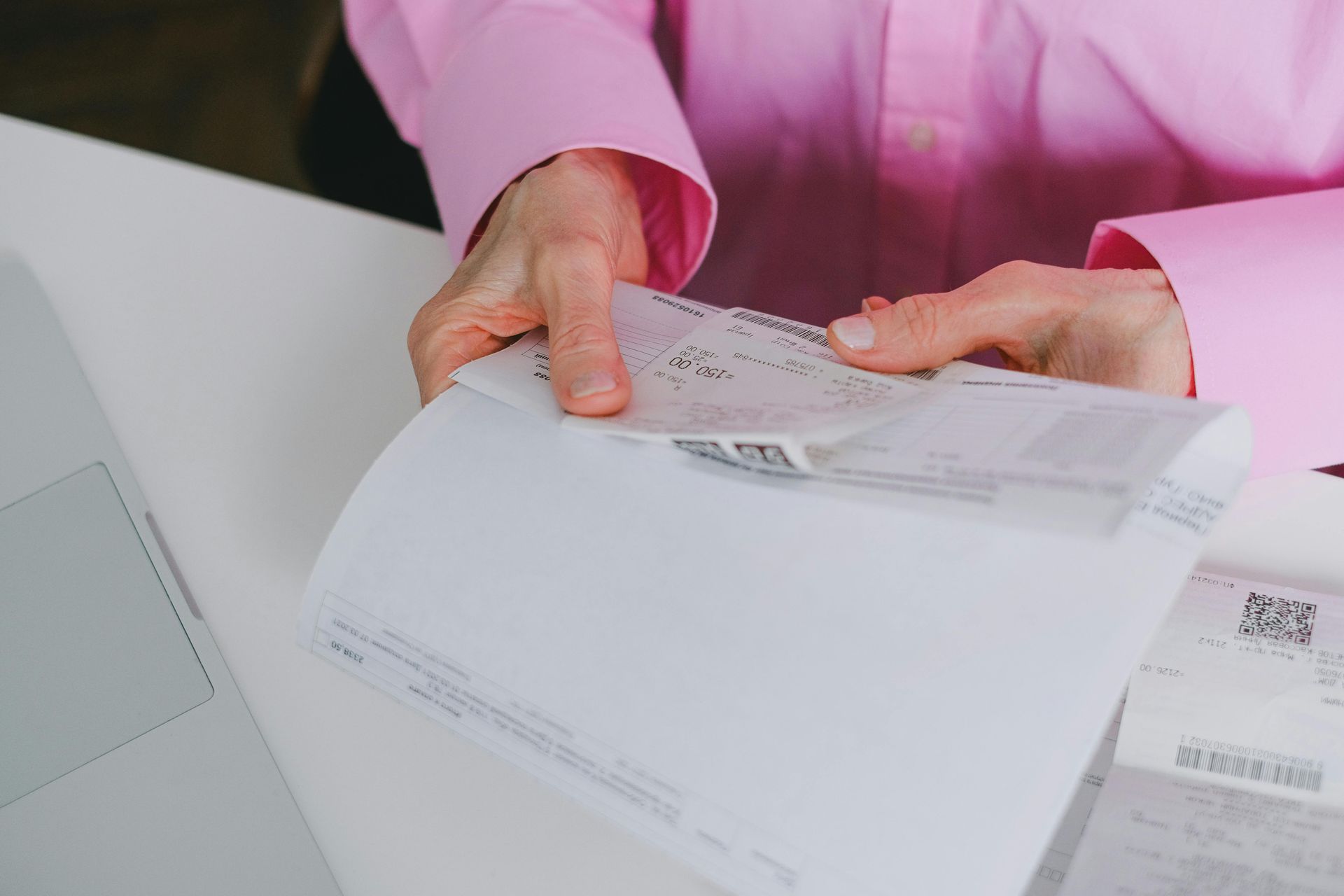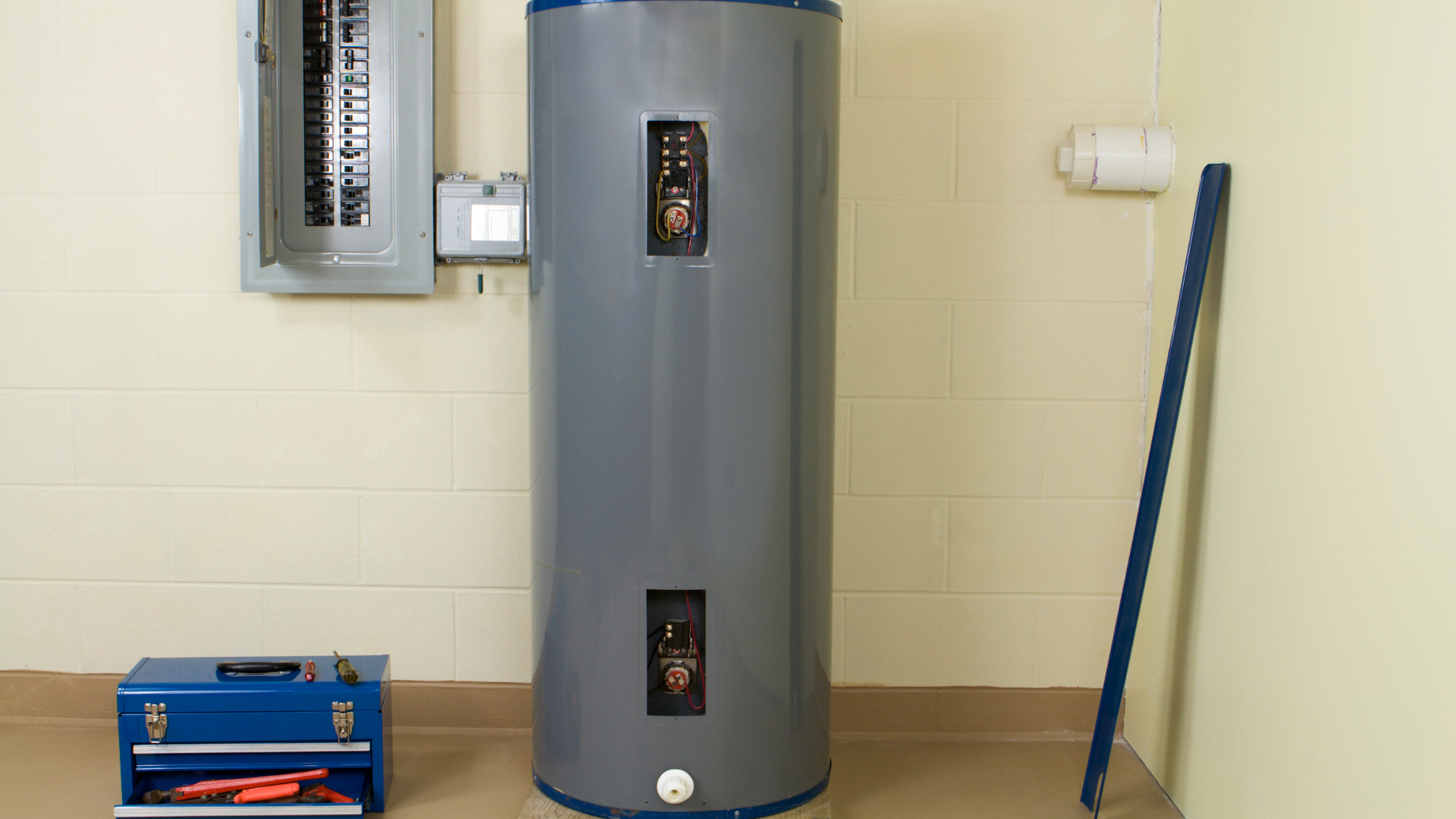What is a Reversing Valve and How Does it Work?
The Brains Behind Your Heat Pump's Bimodal Operation
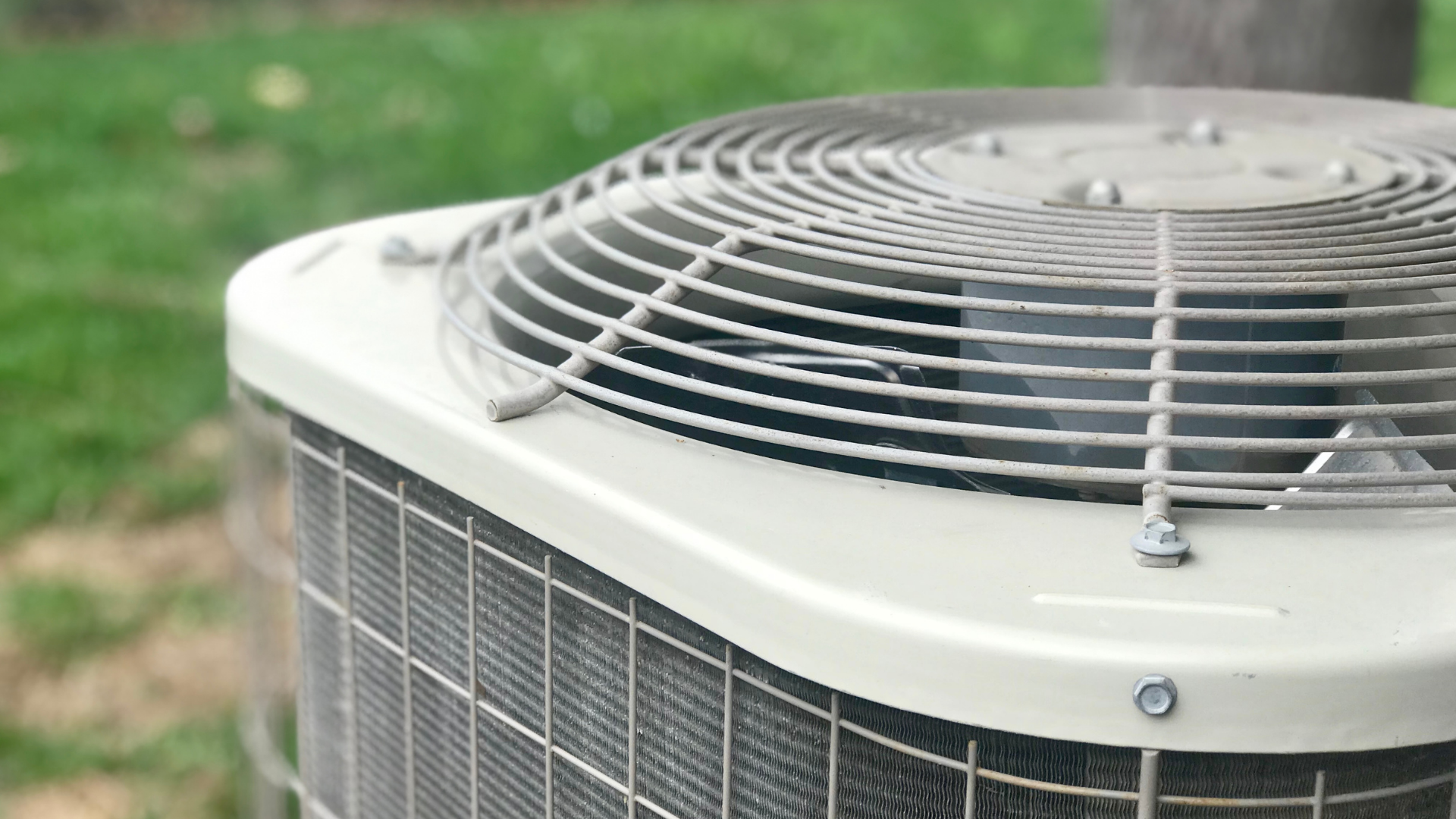
Your heat pump is a marvel of modern HVAC technology, providing both heating and cooling from a single unit. But there's a unsung hero inside that makes this dual functionality possible: the reversing valve. This blog post will explain what a reversing valve is, how to spot the signs of its failure, and what you might expect to pay for a replacement.
The Reversing Valve: The Brains Behind Your Heat Pump's Bimodal Operation
A heat pump's ability to switch between heating and cooling modes isn't magic; it's the work of the reversing valve, also known as a four-way valve.
What it Is
The reversing valve is a crucial component found only in heat pumps. It's a cylindrical or rectangular brass valve with four copper refrigerant lines connected to it. It's typically located within the outdoor unit of your heat pump system.
How it Operates
Think of the reversing valve as a traffic controller for refrigerant. In a heat pump, refrigerant flows through two coils: one indoors (the evaporator/condenser) and one outdoors (the condenser/evaporator). The reversing valve simply changes the direction of the refrigerant flow.
- In Cooling Mode: The valve directs hot refrigerant from the compressor to the outdoor coil (where it condenses and releases heat outside) and then sends the cooled refrigerant to the indoor coil (where it evaporates and absorbs heat from inside your home).
- In Heating Mode: The valve shifts, reversing the flow. Hot refrigerant from the compressor is now directed to the indoor coil (where it condenses and releases heat indoors), and the cooled refrigerant goes to the outdoor coil (where it evaporates and absorbs heat from the outside air).
This simple but ingenious redirection is what allows your heat pump to extract heat from indoors and move it outdoors for cooling, or extract heat from outdoors and move it indoors for heating.
Signs Your Reversing Valve Might Be Failing
A failing reversing valve can lead to significant discomfort and higher energy bills. Here are the key indicators to watch out for:
- Stuck in One Mode: This is the most obvious sign. If your heat pump is set to cool but only blows warm air, or if it's set to heat but only blows cool air, the reversing valve is likely stuck in one position.
- No Heating or Cooling at All: In some cases, a completely failed reversing valve can prevent the heat pump from providing any conditioned air, regardless of the thermostat setting.
- Loud Clunking Sound During Mode Change: When the reversing valve shifts, you'll typically hear a soft "thunk" or "whoosh." However, a loud, jarring clunk, especially when the system is attempting to switch between heating and cooling, can indicate an internal issue with the valve.
- Icing on Outdoor Coil in Heating Mode (when it shouldn't be): In heating mode, the outdoor coil should typically be defrosting periodically. If you notice persistent or excessive ice buildup on the outdoor coil and the unit isn't effectively heating your home, it could be a sign the valve isn't properly allowing the defrost cycle or is otherwise malfunctioning.
- Heat Pump Not Defrosting Properly: The reversing valve plays a role in the defrost cycle by momentarily switching the unit to cooling mode to warm up the outdoor coil. If your heat pump isn't defrosting, leading to significant ice accumulation, a failing reversing valve could be the culprit.
- Reduced Efficiency and Higher Energy Bills: If the valve is partially stuck or not fully engaging, your heat pump will struggle to maintain the desired temperature, working harder and consuming more energy.
If you observe any of these symptoms, it's best to contact a qualified HVAC technician to diagnose the issue.
Reversing Valve Replacement Cost
Replacing a reversing valve is a complex job that requires specialized tools and expertise. It involves evacuating the refrigerant, unsoldering the old valve, brazing in a new one, and then recharging the system. As such, it's not a DIY task.
The cost to replace a heat pump reversing valve can vary significantly based on several factors:
- Labor Costs: This is often the largest portion of the expense. HVAC technicians charge for their time and specialized skills. Labor rates vary by region.
- Cost of the Part: The valve itself can range in price, depending on the manufacturer and the specific model of your heat pump.
- Refrigerant Costs: Since the refrigerant needs to be recovered and then replaced or topped off, the cost of refrigerant will be added. Newer refrigerants can be more expensive.
- System Accessibility: If the outdoor unit is difficult to access, it could add to labor time.
- Warranty: If your heat pump is still under warranty, the part itself might be covered, significantly reducing your out-of-pocket expense for the part. However, labor costs are typically not covered by parts warranties.
As of mid-2025, you can generally expect to pay anywhere from $600 to $1,500 for the replacement of a heat pump reversing valve.
In some cases, particularly for older or less common units, the cost could be higher.
It's always recommended to get multiple quotes from reputable HVAC companies in your area. They should provide a detailed estimate that includes parts, labor, and refrigerant costs. While it's a significant expense, replacing a faulty reversing valve is often more cost-effective than replacing the entire heat pump, especially if the rest of the system is in good condition.
Click Another Article to Read More
